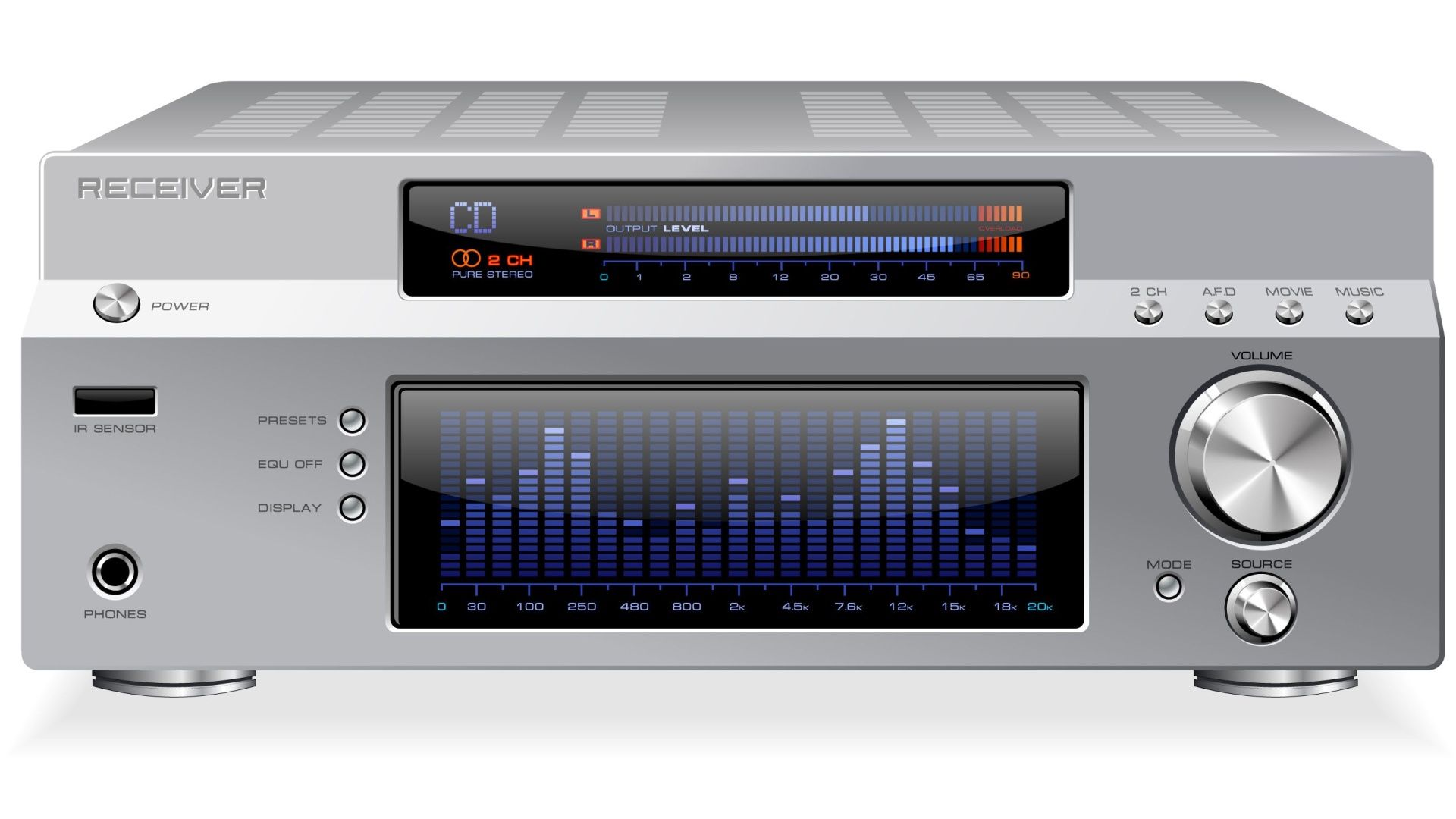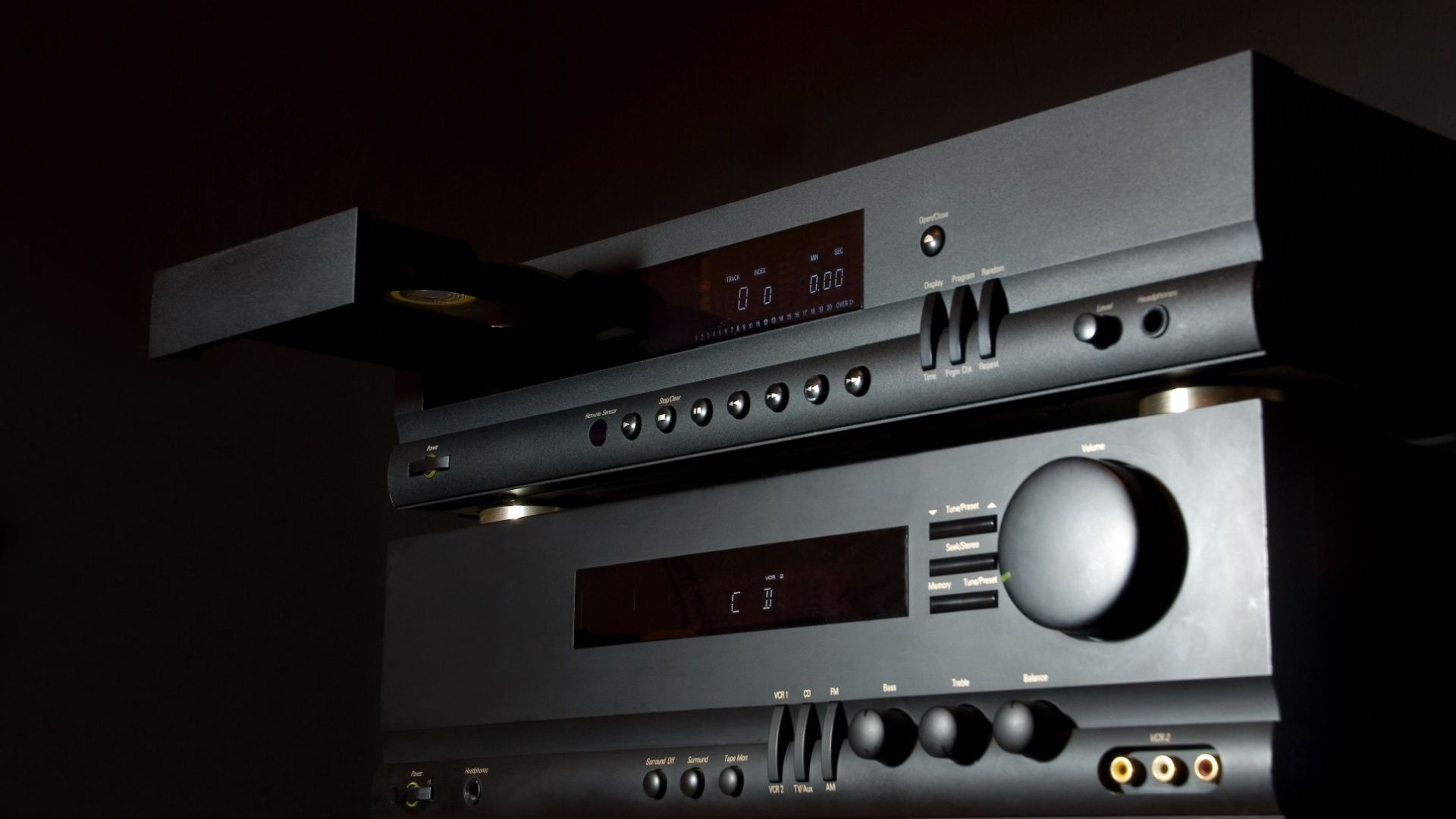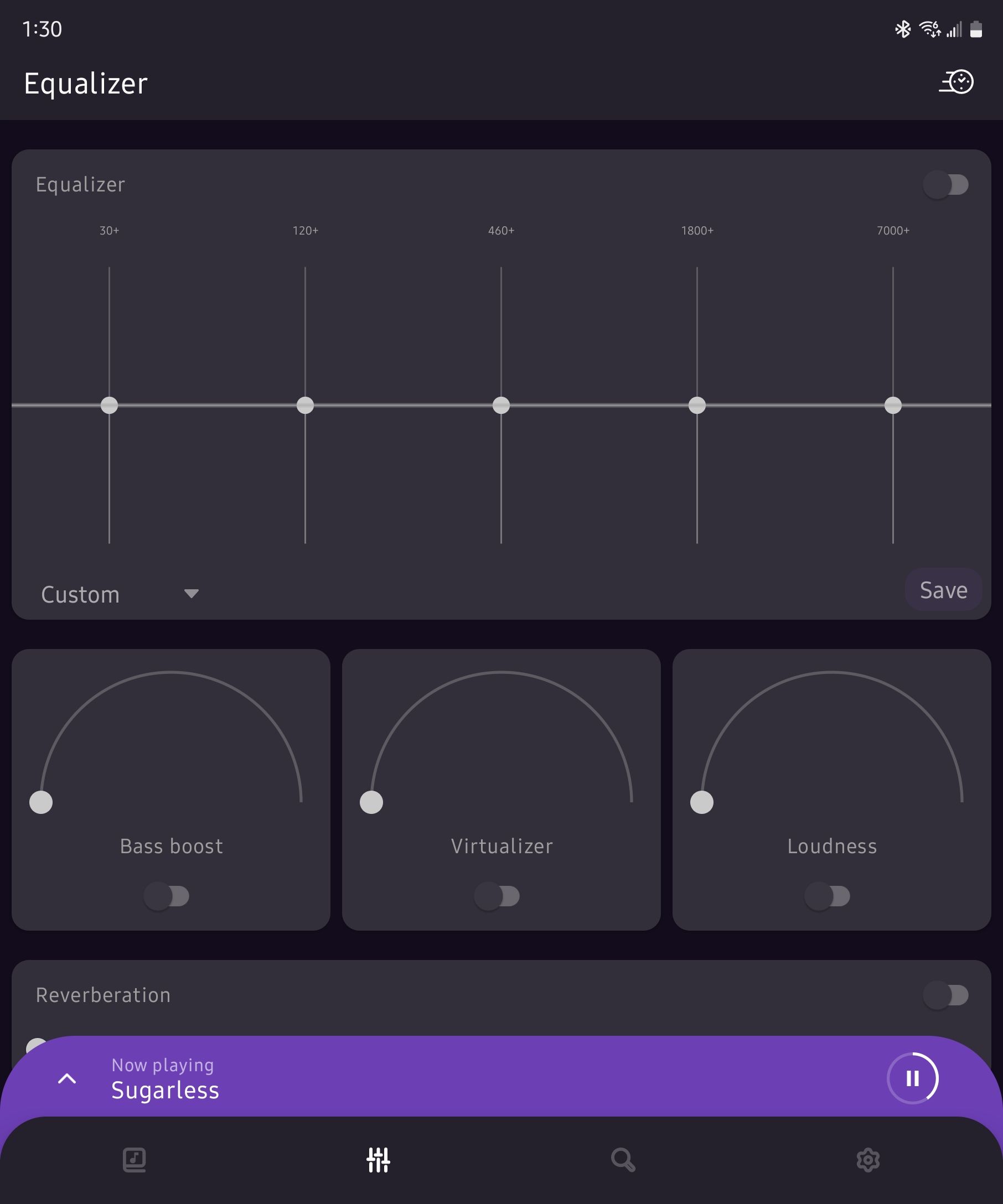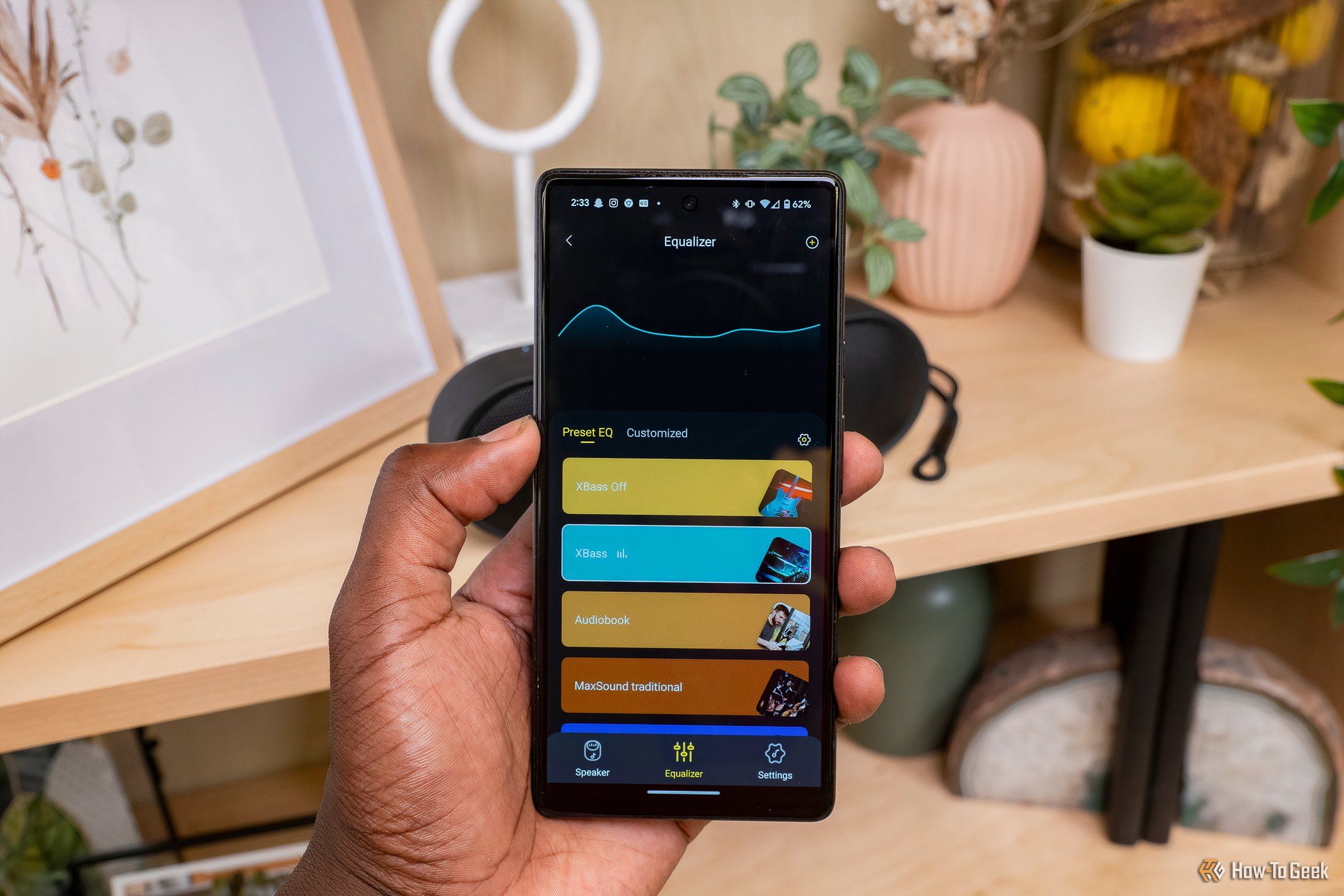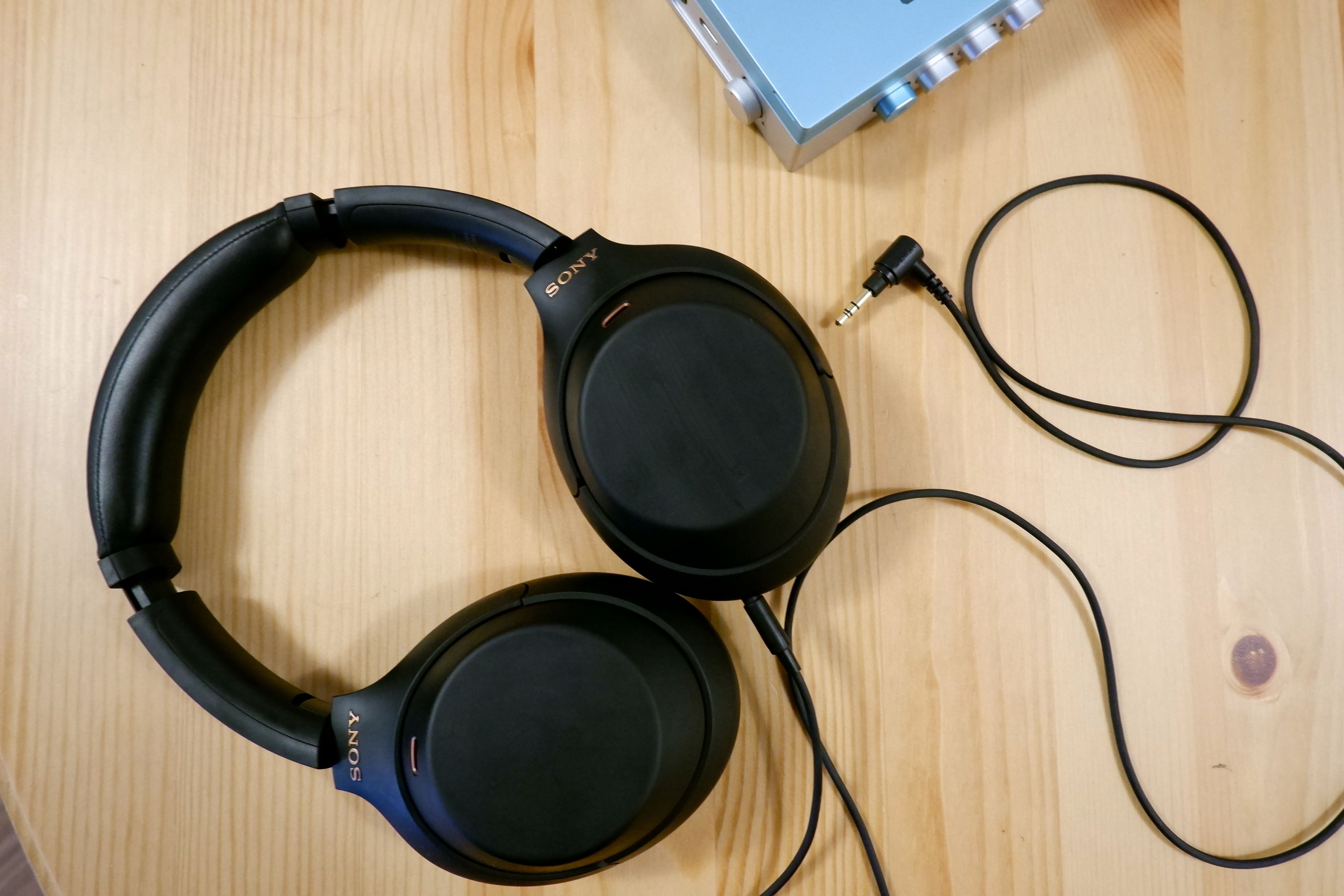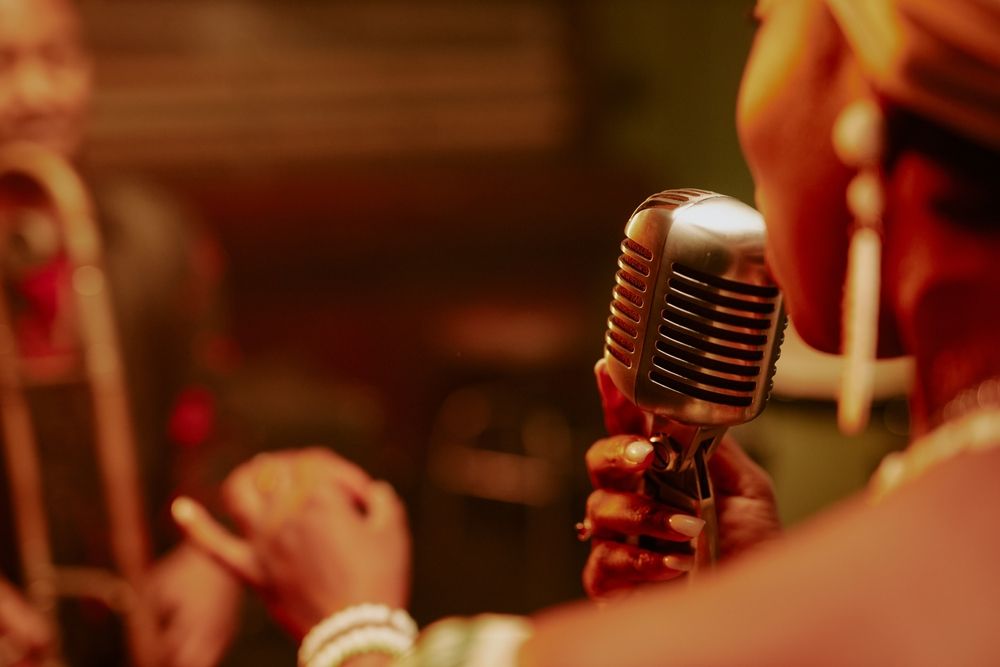While some people swear by a flat EQ for everything, preferences for equalizing audio vary from person to person and genre to genre. Here’s how to adjust your EQ for some of the most popular genres.
What Is Equalization?
Equalization is the process of adjusting the levels of various sound frequencies. It’s basically the act of personalizing your sound profile to fit your tastes and preferences. Since everybody has different preferences, equalizers allow for a wide range of possibilities to make audio sound better to you. Equalization can be especially important to utilize when you’re using regular consumer headphones, since a lot of them have bass-boosted sound profiles right out of the box.
The purpose of equalizing is primarily to make sure that no frequencies are overwhelming the others. This means that applying the same EQ to every song just might not suit some songs best. If you want to listen to music that doesn’t necessarily benefit from boosted bass, as an example, having the option to lower it, or to adjust other frequencies accordingly, allows for a much better listening experience as a whole.
The Benefits of Flat EQ
Equalization can be visualized as a curve on a graph, with the frequencies on the X axis and decibels on the Y axis. As such, if you have a flat EQ curve, the frequencies are about equal in volume. No boosted bass or highs, no lowered mids, just even across the graph.
The purpose of listening to music with a flat EQ is to stay true to the original mix of the track, so however the producer and artist intended it to sound is how it comes across. Many audiophiles prefer to listen to music with a flat EQ to get that intentional experience of music. It’s not everyone’s cup of tea, but it’s also a pretty fool-proof EQ setting for all genres.
Flat EQ is also ideal for producers, audio engineers, and artists when recording and mixing music, since you would want to hear every instrument in the track exactly how it sounds in order to mix it correctly. If you were mixing a song with headphones that has a massive bass boost, the track will likely come out sounding a lot different than you intended.
Pop
Pop music can vary widely across regions and throughout time, but in general, pop music has a focus on clear vocals and punchy, danceable bass. With that in mind, giving a bit of a bass boost in the 90 to 200Hz range will complement pop music really well. Just make sure not to emphasize frequencies below 60Hz, the sub-bass range, too much, otherwise you might end up making the music feel unbalanced or boomy.
A bit of a boost in the upper-mid frequencies where vocals lie will help vocals shine through really well on a track. A slight boost in the 1kHz to 5kHz range will emphasize vocals, but since vocal ranges vary from person to person, you can adjust this as needed by listening to the track and figuring out what sounds best.
Rock and Country
Preferences can vary a lot when it comes to rock and country, both genres that tend to emphasize guitar, vocals, and percussion. Some people like to get really in tune with bass drums and basslines, some want to hear cymbals and snares shine through. It’s pretty universal that rock and country enjoyers alike will want prominent guitar and vocals coming through, however.
For this reason, I’d always recommend a bit of a boost in the upper-mid, around 1kHz to 4kHz, to boost guitar and vocals. If you want a bit more oomph from the bass zone, give it a little emphasis in the 90Hz to 200Hz range. If you’re a percussion lover and want to hear more presence from the snare and cymbals, boost the frequencies above 8kHz a bit, but not too much or it will make it too tinny and irritating.
Hip Hop and R&B
Both hip hop and R&B can benefit a lot from a bit of a bass boost and an upper-mids boost, since both genres often have incredible basslines and an emphasis on lyricism and rhythm.
A bit of a boost in the upper-mids around 1kHz to 5kHz will bring vocals out more, and you can even lower the mids below that a little bit to further emphasize vocals. A bit of a bass boost around 150Hz will bring out basslines a bit more. If you want to emphasize the higher frequencies of percussion, boost the highs above about 7kHz just a bit. Don’t overdo it though, otherwise it might start to sound irritating and harsh.
Electronic
When it comes to electronic music, bass and percussion are the stars of the show much of the time. With that being said, you want to enjoy the beat without it overwhelming the rest of the track.
A common mistake I see people make is overemphasizing bass when they listen to electronic music, but if you take it too far, you’ll drown out any melodic elements, and some of the percussion.
You want a curve that’s somewhat V-shaped, but not overly so. Boost bass and sub-bass a little bit, between the 20Hz to 200Hz range, boost frequencies around 5kHz somewhat for some more presence, and bit frequencies above 7kHz a little bump too, if you want to hear more of the high-end percussion and synth sounds in a track.
Jazz and Classical
Both jazz and classical music feature a wide range of instruments that all need their own time to shine throughout any given track, with vocal runs, solos, and a lot of dynamic changes throughout. For this reason, a flat EQ is ideal for both genres across the board.
Recorded jazz or classical music still retains a lot of the nuance you would hear live, and for that reason, you don’t want to mess with any of the levels whatsoever. If your headphones come out of the box with a bit of a bass boost, you should de-emphasize the bass frequencies just a tiny bit. Overall, the goal with jazz and classical is to retain the original character of the track, and you really don’t want to tamper with it much, if at all.
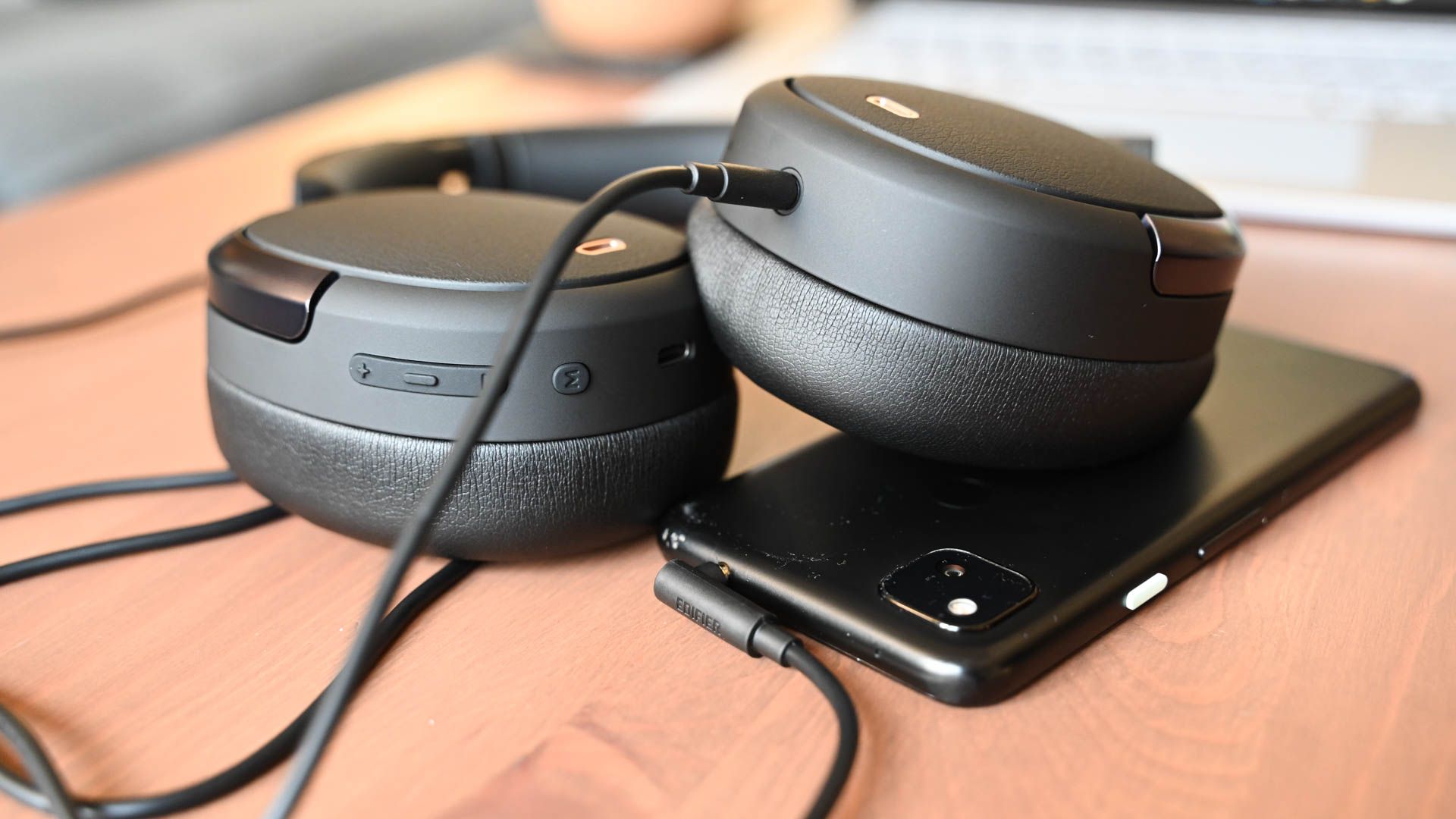
Related
There’s no one-size-fits-all solution for headphones, but these are the best for most use cases.
Spoken Word and Podcasts
Any spoken word or podcast audio should be listened to as intended, since producers exist to make the audio sound as good as possible. If they’re good producers, that is.
As such, you should keep the sound profile flat. If the production is a little shoddy, adjust accordingly. If you’re hearing the mic blow out a bit, cut the bass frequencies between 90Hz to 200Hz down a bit until it’s less distracting, and boost the upper-mids between 1kHz to 5kHz a little bit to bring out voices more.
Equalization is a versatile and powerful tool that varies depending on the genre of music or audio. By understanding the specific characteristics of each genre, you can apply EQ to shape the sound and achieve the desired balance and impact. Whether you’re mixing pop, rock, or classical, proper EQ ensures that your music or audio resonates well with your audience.


